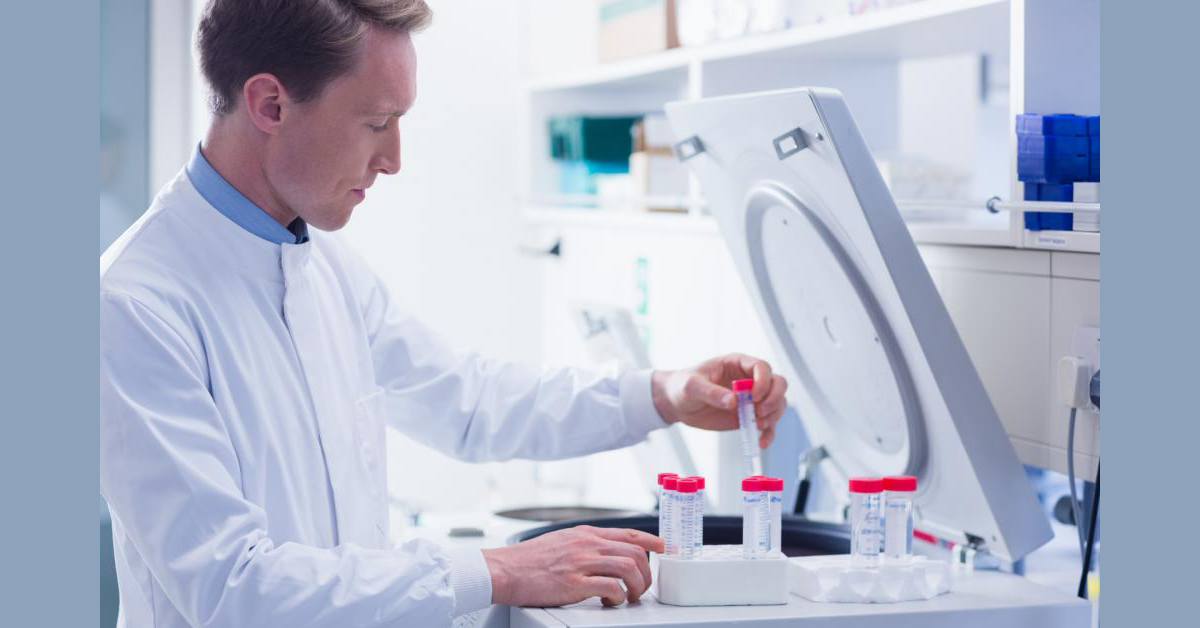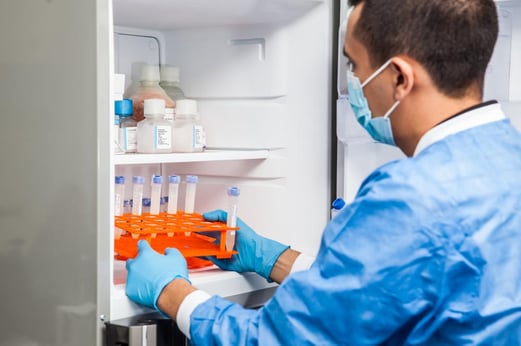4 Preventive Maintenance Tips for Laboratory Refrigerators

Pharmaceutical-grade lab refrigerators in research centers and medical facilities store temperature-sensitive biological samples and vaccines. Failure to follow the best preventive maintenance practices of essential lab equipment can lead to sub-optimal performance, or worse, reduced potency and compromised the integrity of sample materials.
Preventive maintenance of refrigeration devices allows you to detect failures proactively, optimize energy conservation, and improve efficiency and lifespan of the equipment.
Let’s further explore how you can implement proper maintenance practices in detail:
1. Store materials appropriately
You can maximize your lab refrigerator’s utility and performance by ensuring correct airflow. Avoid storing samples at the top of your lab fridge, especially if it’s a top venting unit. This will cause the warm air to trap within that area, forcing the compressor to work more frequently to maintain the required storage temperatures.
Moreover, properly storing samples will also allow you to stack containers and locate them easily. Plus, this way, refrigerator door openings will be kept to a minimum.

2. Clean the condenser filter
Dirty condensers can compromise the equipment’s ability to transfer heat from refrigerant to the ambient environment. This may cause the compressor to work twice as hard, driving up the energy bills.
Make sure to clean the condenser filter every 2 to 3 months, or more frequently if there’s heavy foot traffic near the storage unit or if it’s particularly dirty. Go through the manufacturer’s instruction manual to learn more about the filter’s maintenance.
3. Clean the door gaskets
The gasket creates a tight seal along the edges of the lab refrigerator doors to prevent the cold air from escaping.
Check the door gaskets for air infiltration leaks, which can be easily spotted by the accumulation of ice at the failure points. Air infiltration warms the air in the chamber, causing the compressor to work twice as hard to cool the air down, ultimately raising energy costs and affecting your samples.
Use a soft cloth to wipe down dust or frost that can compromise overall performance.
4. Take care of the refrigerator coils
Vacuum the outer condenser coil to ensure it is clean at all times and is free from accumulated dust or materials.
Dust and grime-prone coils can lead to a lowered life span of the unit and higher energy costs. An additional effort to clean the coils can go a long way in meeting the required cooling needs of your lab.
Shop state-of-the-art lab refrigerators, bio freezers, and ultra-low freezers at Z-SC1 Corp. Our multidisciplinary team of experts also offer well-thought-out servicing and preventative maintenance.
Get in touch today for more information.
